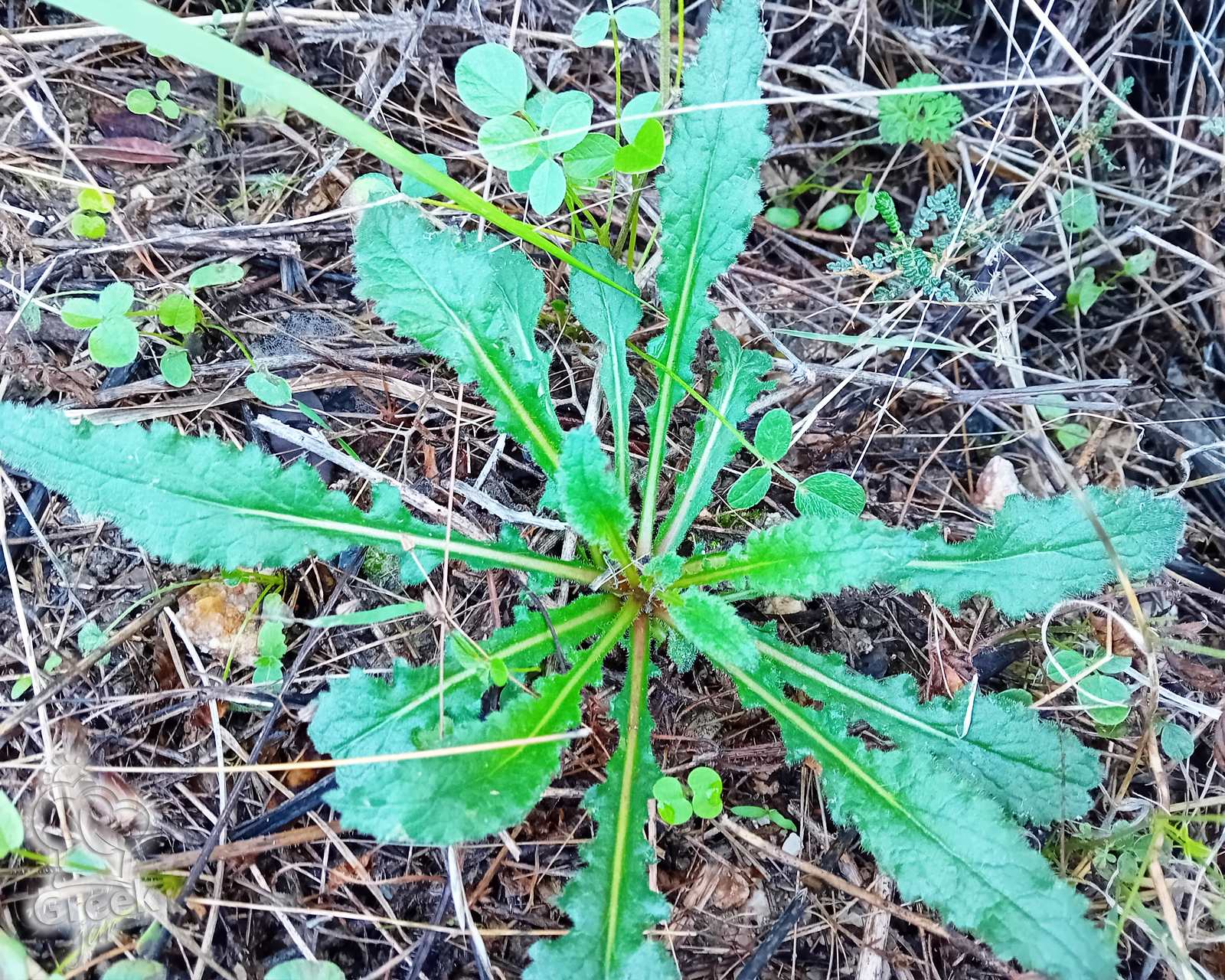Greece, with its Mediterranean climate and rich biodiversity, is a vast paradise of gastronomic treasures. Among these are the edible wild greens collected from the countryside, which have been part of Greek cuisine for centuries, offering a touch of tradition and a special taste to those who love the richness that nature generously gives us.
From “radikia” and “myronia” to “lapatha” and “zochous”, the collection of wild greens is deeply rooted in the culinary history of Greece. In many families this tradition has been passed down from generation to generation, connecting modern Greeks to the land and fostering a sense of appreciation for the treasures it offers.

The beauty of wild greens was unsurprisingly exploited in Greek cuisine, and as interest in locally produced foods grew, edible wild greens found their place in haute cuisine. Whether as a salad or incorporated into pies and stews, wild greens are one of the most delicious dishes that showcase the simplicity and purity of flavors. For those of you who visit our country, don't miss trying boiled wild greens (“vrasta horta”) with olive oil and lemon or a delicious traditional greens pie (hortopita), which will take you not only to the gastronomic world of Greece, but also to the magic of the Greek countryside. In addition to their excellent taste, wild greens are another gift of the Mediterranean diet to our health, as they are rich in vitamins, minerals and antioxidants and contribute to longevity and vitality.
As the need for “cleaner” tastes and more nutritious foods returns to the forefront, edible wild greens are ambassadors of healthy living, celebrating nature's timeless gifts and reminding us that the most precious culinary treasures are usually found in the simplest and most authentic places, like the Mediterranean soils.
Note from Greek jar: Wild greens are never uprooted. With a knife, cut the central root almost horizontally, just below the surface of the soil.








